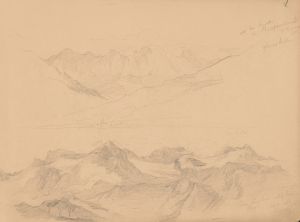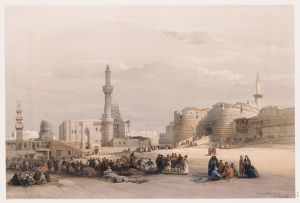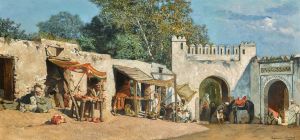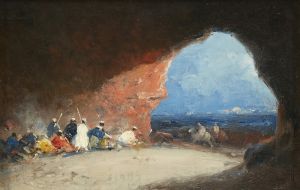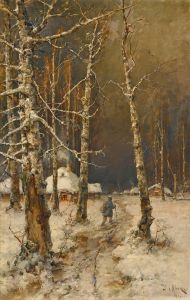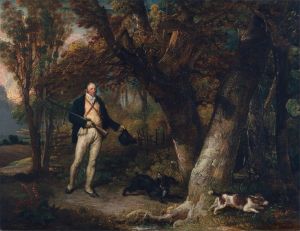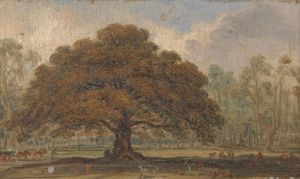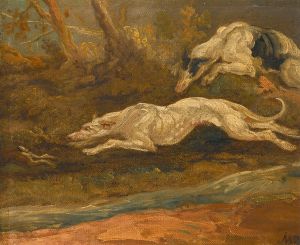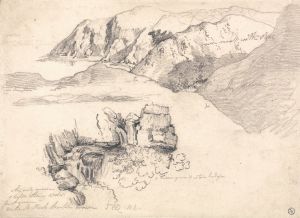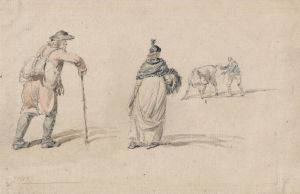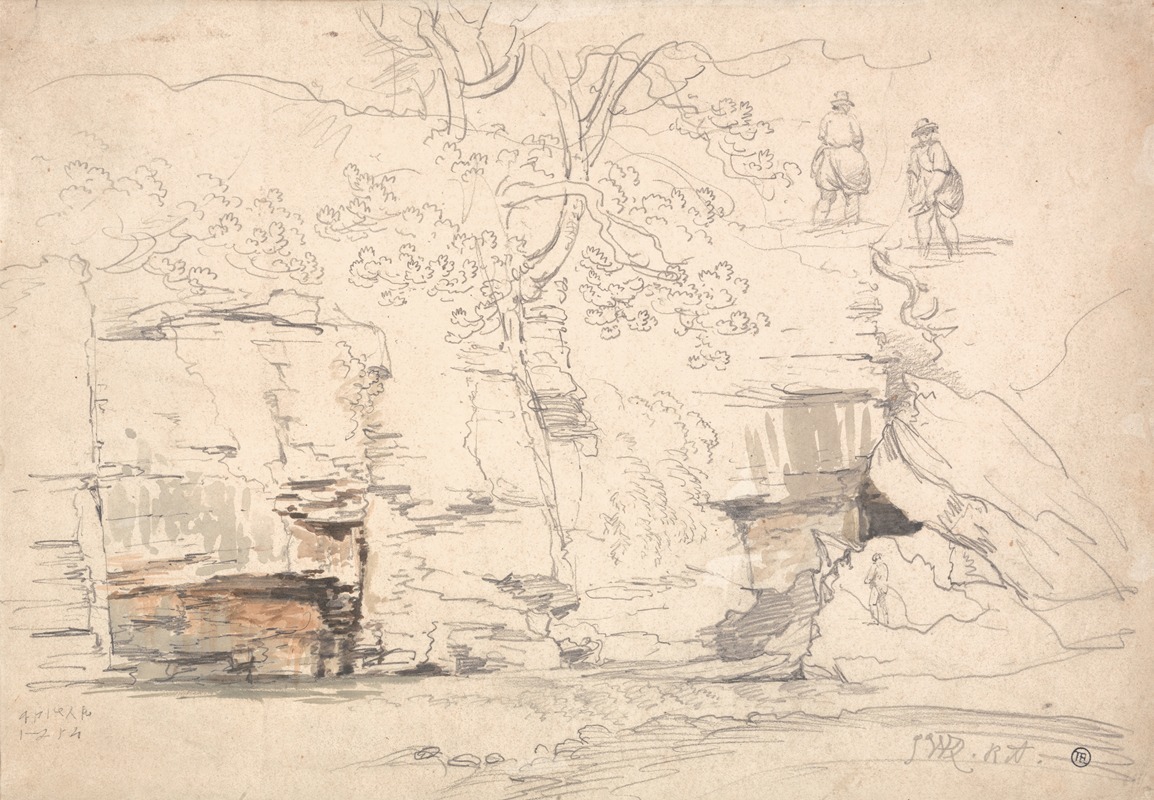
A Rocky Hillside with Trees and Figures
A hand-painted replica of James Ward’s masterpiece A Rocky Hillside with Trees and Figures, meticulously crafted by professional artists to capture the true essence of the original. Each piece is created with museum-quality canvas and rare mineral pigments, carefully painted by experienced artists with delicate brushstrokes and rich, layered colors to perfectly recreate the texture of the original artwork. Unlike machine-printed reproductions, this hand-painted version brings the painting to life, infused with the artist’s emotions and skill in every stroke. Whether for personal collection or home decoration, it instantly elevates the artistic atmosphere of any space.
James Ward (1769–1859) was a prominent English painter and engraver, known for his animal paintings and landscapes. One of his works, "A Rocky Hillside with Trees and Figures," exemplifies his skill in capturing the natural world with a keen eye for detail and composition. This painting, like many of Ward's works, reflects the Romantic movement's emphasis on the beauty and power of nature.
Ward was born in London and initially trained as an engraver under his brother, William Ward, who was a well-known mezzotint engraver. James Ward's early career was heavily influenced by his brother-in-law, the renowned artist George Morland, whose rustic scenes and depictions of rural life left a lasting impression on him. Ward's transition from engraving to painting allowed him to explore a broader range of subjects, including landscapes, which became a significant part of his oeuvre.
"A Rocky Hillside with Trees and Figures" showcases Ward's ability to depict the rugged beauty of the English countryside. The painting features a rocky landscape, with trees and human figures integrated into the scene. Ward's use of light and shadow adds depth and dimension to the composition, highlighting the textures of the rocks and foliage. The figures, though not the central focus, add a sense of scale and narrative to the landscape, inviting viewers to imagine the lives and stories of those who inhabit the scene.
Ward's landscapes often reflect his interest in the sublime, a concept popular among Romantic artists and writers that emphasizes the awe-inspiring and sometimes terrifying aspects of nature. In "A Rocky Hillside with Trees and Figures," the dramatic terrain and the interplay of light and shadow evoke a sense of grandeur and mystery, characteristic of the sublime.
Throughout his career, Ward was a prolific artist, producing a wide range of works, including portraits, genre scenes, and animal paintings. He was elected as an Associate of the Royal Academy in 1807 and became a full Academician in 1811. His contributions to art were recognized during his lifetime, and he enjoyed considerable success and patronage.
Ward's work is noted for its meticulous attention to detail and his ability to convey the textures and forms of the natural world. His landscapes, in particular, demonstrate his skill in capturing the essence of the English countryside, with its rolling hills, dense forests, and rugged terrain. "A Rocky Hillside with Trees and Figures" is a testament to Ward's talent and his deep appreciation for the beauty of nature.
Today, James Ward's paintings are held in various public and private collections, and his work continues to be studied and appreciated for its artistic and historical significance. "A Rocky Hillside with Trees and Figures" remains an example of his ability to blend naturalism with the emotional depth characteristic of the Romantic era, offering viewers a glimpse into the 19th-century landscape and the artistic trends of the time.






